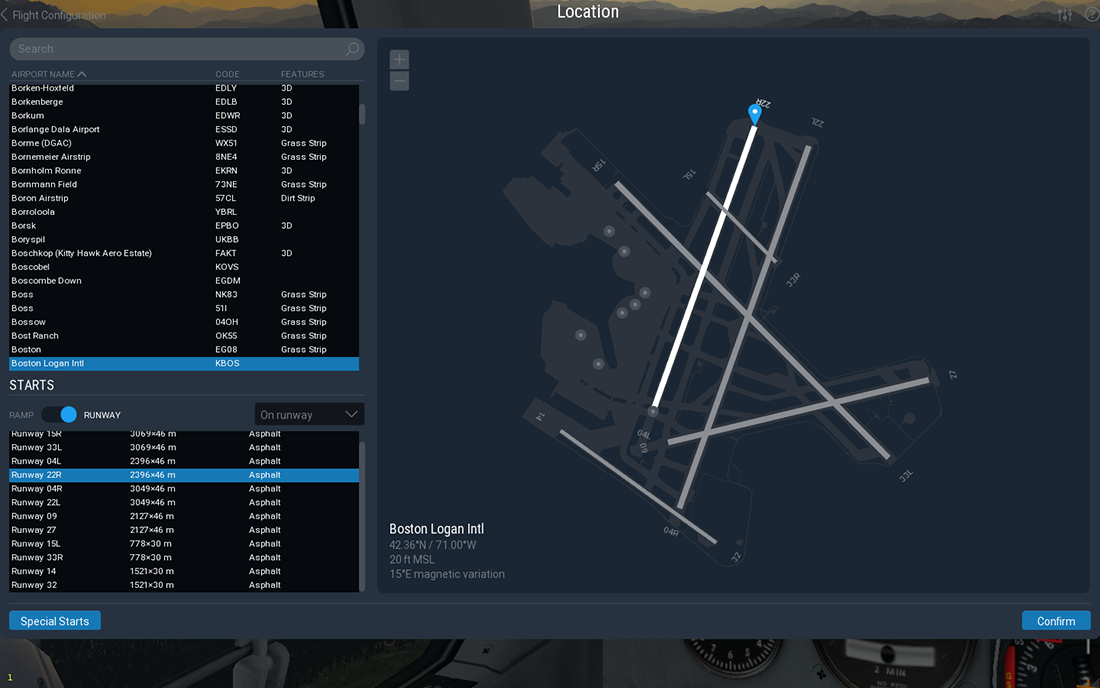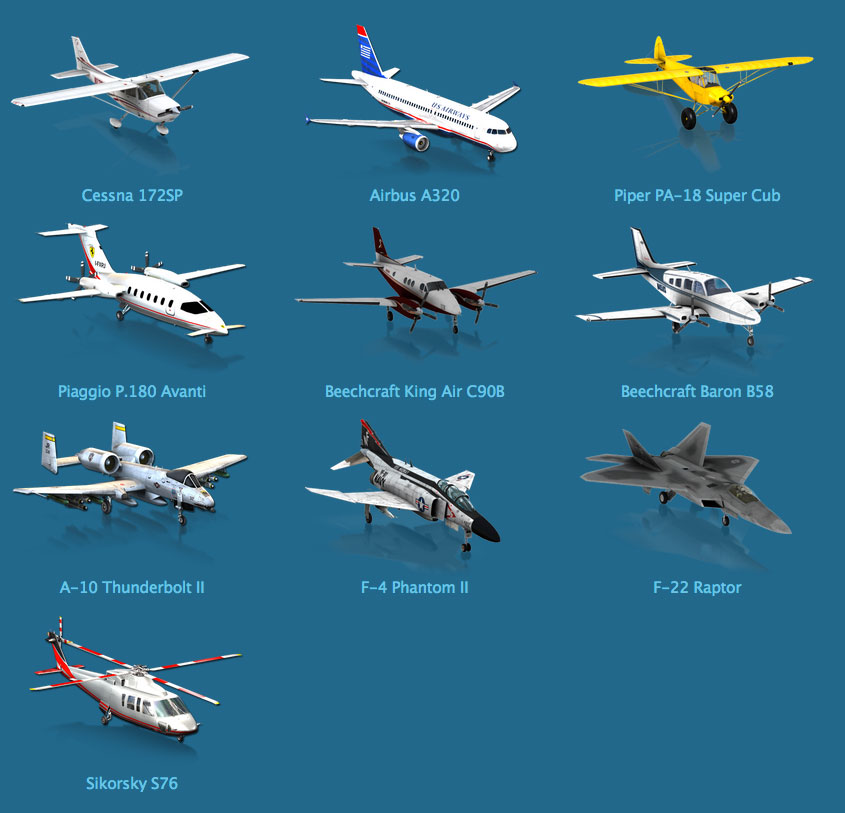

Your flight plan will automatically get filled in with the appropriate VORs along your route. Very High Frequency Omnidirectional Range (VOR) navigation uses ground-based beacons to keep you on your course. VFR (VOR to VOR), IFR (low-altitude airways), and IFR (high-altitude airways)Ī modified version of GPS flight plan above is the VOR to VOR option. If you wander off course, even by a fraction of a degree, you can end up miles from where you were trying to go. The tricky thing about this type of flight is that it’s easy to get lost. You’ll use visual (that’s the V in VFR - Visual Flight Rules) landmarks, your compass, and your VFR map. That’s the straightforward, no instruments involved, straight line, as-the-crow-flies flight plan (like we discussed above).

By default, this is set to VFR (Direct - GPS). On the World Map screen, just below the aircraft you’ve selected, there’s another menu bar that’ll become available once you’ve picked a departure and arrival. If you’re looking for a more detailed trip, you have other options.

Take off from that runway, and you’re already pointed (nearly) straight at your destination.įollowing straight along a heading is good if you’re not going far or you’re flying a plane with limited instruments. There’s shorter runway, though, pointed at heading 110° - runway 11. The default (and longest) runways are 4 and 22 (or 40° and 220°). The heading straight from the airport to the monument is 106°. To make it easier to fly directly along your path (again, ignoring wind and weather for takeoff conditions), pick a runway that’s already close to your heading.Ī good example to put this into practice is to fly from Newark Liberty International (KEWR) to the Statue of Liberty a couple miles to the east. The L and R on the end of names just mean they’re on the left or right side if there are parallel runways. That runway 13 is also runway 31 if you’re heading the opposite way - making its heading 310° (which is 180° from runway 13’s 130°). Since runways are two-way, this also means that runways have two names. JFK’s (KJFK) runway 13, for example, roughly follows heading 130°. Add a zero to the end of a runway name, and you’ll have the heading. Runways are named based on their heading. Image: Asobo Studio/Microsoft Corporation via Polygon Since a simple flight means getting on your heading as soon as possible, it’s good to know what way you’ll be heading on takeoff (ignoring wind and weather concerns). The sooner you’re on that heading, the better (and the closer you’ll get to your destination).ĭepending on the size of the airport you’re leaving from, you might have several options for runways. Once you take off, your job is to turn to the heading specified in your Nav Log. This is limited to the Take-off, Cruise, and Descent phases of your flight, though, so you can’t skip ahead to any additional waypoints you add (see below). You can also pick the Travel To option on the Toolbar to fast-forward to that part of your trip. While flying, you can pull up the Nav Log from the toolbar at the top of the screen or by hitting N on your keyboard. Click the Nav Log button in the upper right of the World Map screen to see the Nav Log before you take off. Assuming you fly straight along that heading from the airport you departed for about that long, you’ll eventually reach whatever you’re pointed at. On your Nav Log, you’ll get a heading and an estimated time en route (ETE). A GPS Nav Log for a direct flight from RDU to IAD. To just travel from one place to another, that’s really all you have to do.
#Flight planner for xplane 11 how to#
In this Microsoft Flight Simulator guide, we’ll teach you about flight plans, how to make them, and the various ways you have to navigate from point A to point B (and point C, for that matter).Ĭreating a flight plan is really as simple as picking departure and arrival points on the World Map, and then clicking the Fly button. For a more simulator-y experience, though, you’ll need things like airports and runways. If you’re just wandering, things like headings and directions don’t matter much. It’s great to just plug some coordinates into Microsoft Flight Simulator, teleport in, and tool around a landmark or your hometown in an aircraft of your choosing.


 0 kommentar(er)
0 kommentar(er)
